At the end of March, five students from the 5th and 6th grades, accompanied by teachers, went on a mobility to Portugal.

After a long journey we arrived at our final destination – to the Azores. It is an archipelago of nine islands of volcanic origin. The island of Terceira is located in the middle of the Atlantic Ocean about 1600 km from Lisbon, the capital of Portugal.
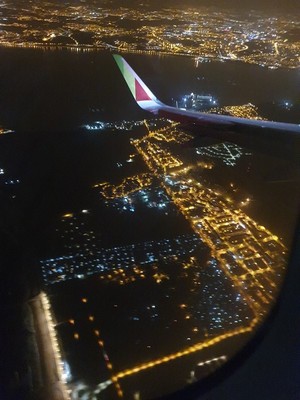
We were warmly welcomed at the airport by friendly teachers from EBI Francisco Ferreira Drummond. Since we already knew them from mobility to Slovenia, our meeting was even more cheerful. They took us on a tour around the whole island and we marveled at how green their nature is.
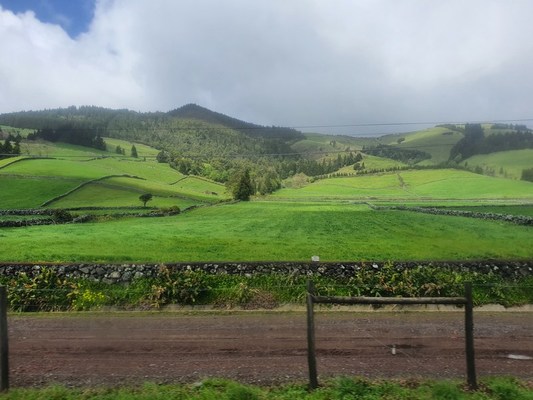
We were thrilled with the coast in Biscoitos. It is spreading at the foot of a wide lava stream and is the most important agricultural town on the north coast. We were amazed by the high waves of the Atlantic Ocean crashing into the rocks.
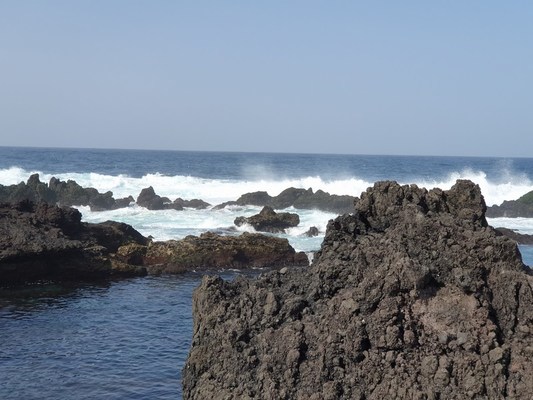
Our next stop was a forest. Watching the tall trees, a pond and moss-covered ground, we had the feeling that we had stepped into a fairytale land. We gathered strength by a small stream and of course posed for photos with laughter.
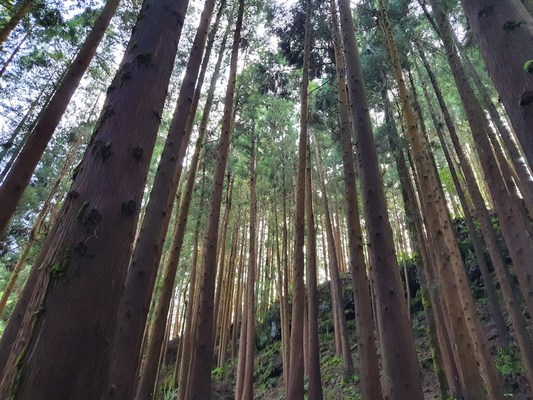
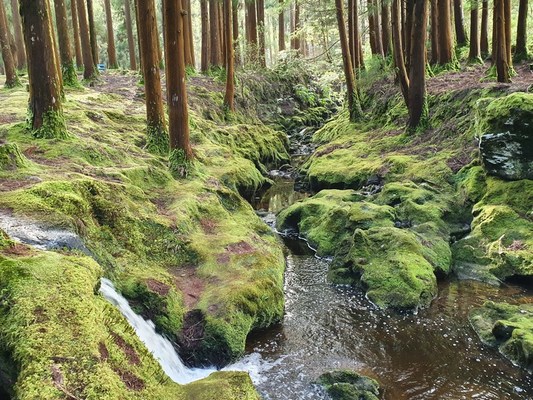
Jaka was enthusiastic about discovering ferns – we have never seen such big ones.

We visited the farm, where – in the traditional way – the best cheeses on the island are made. We tasted them. On the farm, however, they showed us a video of typical island bullfights. Bulls run through the streets and men run in front of them to prove their manhood. They try to grab the horns without damaging the bulls. Women observe the event and encourage men. After the fights, the bulls leave the event angry but unharmed – which cannot be said for all the men in the video.
After a short night, the first day of school and the first contact with the Portuguese students were ahead of us.
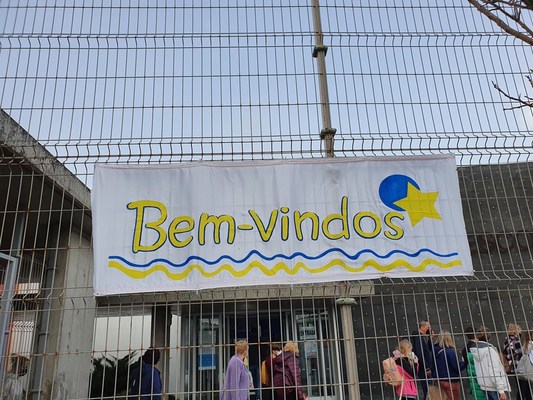
The Portugal team prepared a varied cultural program for us and we were very happy when we heard the Slovenian national anthem. This was followed by fun ice breaking activities.
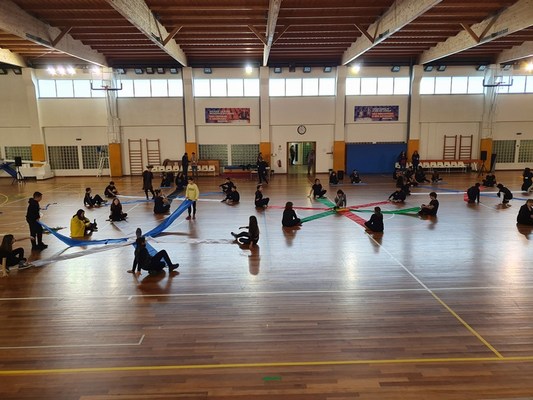
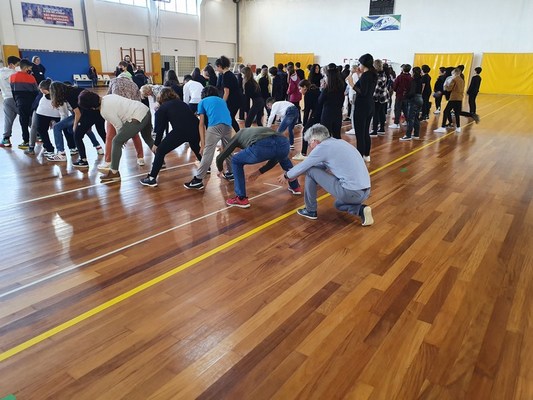
Our project task is to spread our culture among students and teachers of the participating countries while learning about the characteristics of their traditions. Our students prepared a short choreography of folk dances and after they taught all the participants how to dance the Slovenian folk dance called “rašpla”. It was nice to see the whole hall jumping to the beat of our music and having fun. We also had the opportunity to learn folk dances from the Azores, Spain, Greece, and Estonia.
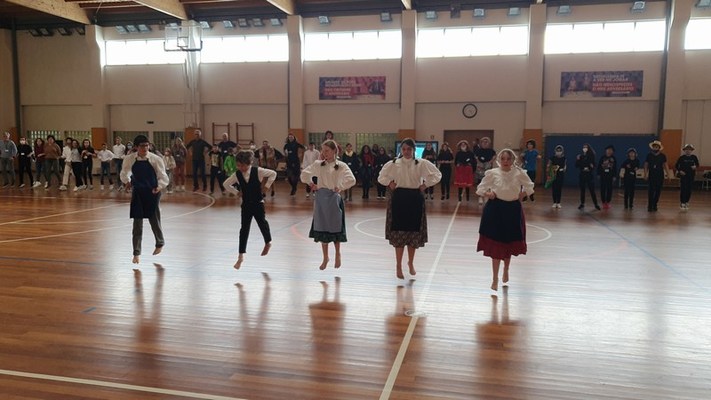
On Tuesday we explored a piece of Azorean history, and after examining a written source, we had to prepare a dramatization of the Battle of Salga. The method “learning by doing” was used, that way we acquired more knowledge.
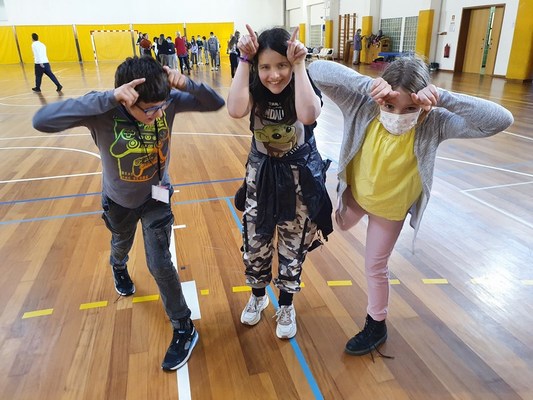
Our hosts also showed us their traditional “Yoga do Pau” stick fighting game, in which some students were able to try their skills. In the Medieval time, it was a martial art and its purpose was primarily self-defense. It was also used to settle arguments and matters of honor between individuals, families, and even villages.
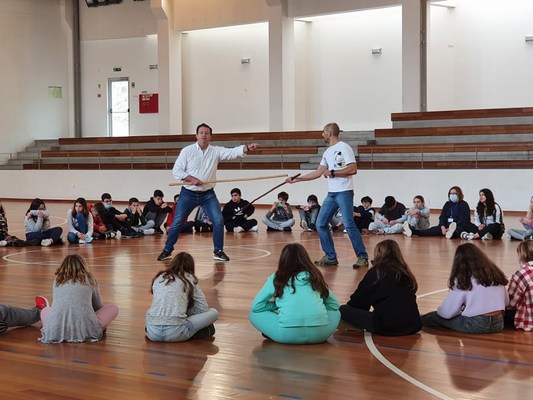
A music workshop was held under the supervision of teacher Grinoalda Ávila. We made instruments from scrap material and then played Azores music.
We were all looking forward to Wednesday as the gastronomic workshop took place that day. Each country presented its own dish; we baked cracklings pie. Our dish went to everyone’s delight and the plate was quickly empty.
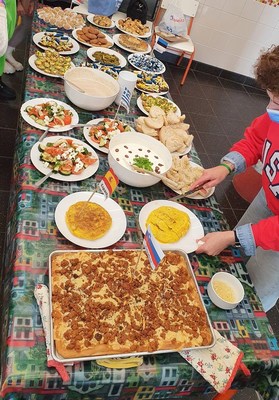
In the afternoon we went to see the volcano, named “Algar do Carvão”. The name means “coal mine” as the cave walls are formed of dark lava. This extinct volcano is one of three on earth where you can see the chimney and chambers from inside without being cooked alive. What stands out as unique in the world are the stalactites and stalagmites formed by amorphous silica – Alvar do Carvão actually has the highest concentration in one place.
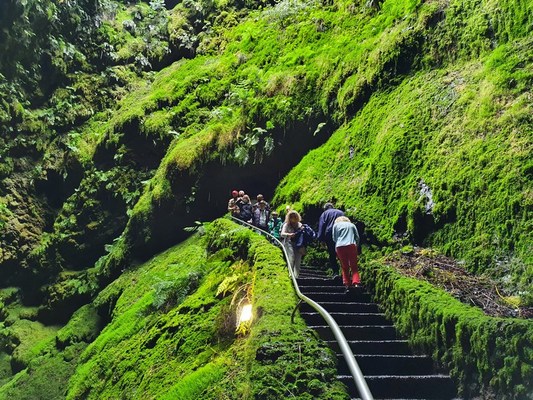
What stands out as unique in the world are the stalactites and stalagmites formed by amorphous silica – Alvar do Carvão actually has the highest concentration in one place.
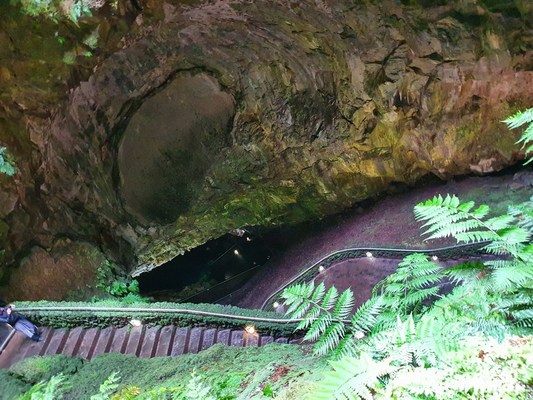
Before the tour around the volcano the Portuguese sixth-graders prepared a concert. The event was something special, as the gentle Portuguese song, played by Portuguese students on flutes accompanied by a traditional Azores guitar, touched everyone’s hearts.
On Thursday we took a walk through the streets of Angra to Heroismo, the city where we stayed. We visited the museum, got acquainted with the typical Portuguese patterns that adorn their houses and made bookmarks in the workshop.
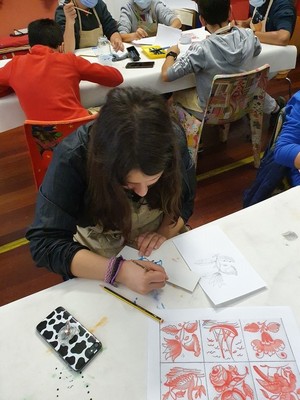
At the São João Batista fortress, we staged the battle for Salgo, which we were preparing for on Tuesday. It was an instructive event with a lot of laughter and fun.
In the evening we visited a typical Azore homestead and its costumes. Julia and Izak took courage and danced the basic steps of the Portugal traditional dance to Azores music under the guidance of Portuguese teachers.
Sadly, the last day came. We went to school with a heavy heart, because we knew we would have to say goodbye. In groups, we prepared a video with the help of the InShot application. In those videos students captured all the important moments of this mobility.
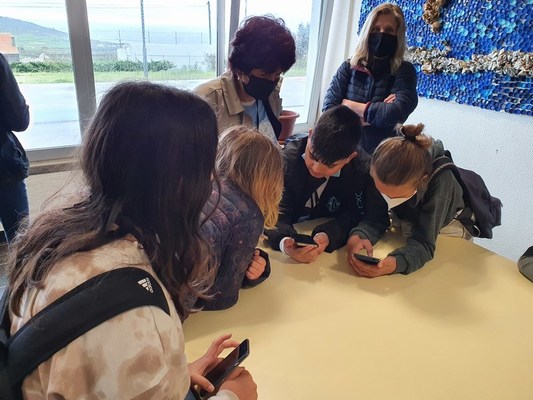
Each student gave their feedback about the mobility to Portugal in a special activity. Their feedbacks were posted on the school bulletin board.
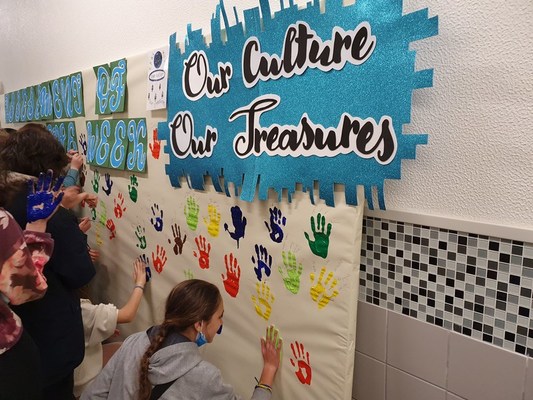
Saying goodbye to our new friends was not an easy thing to do. A tour of some of the important cultural monuments in the city followed.
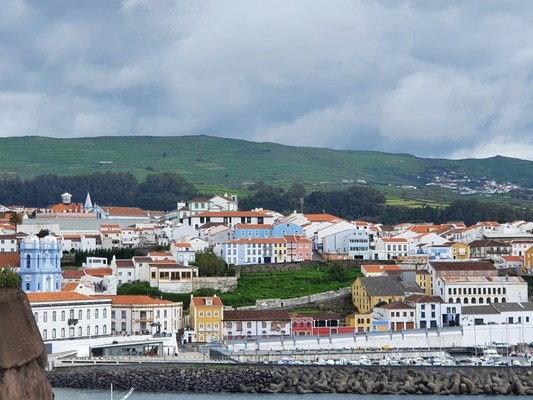
Mobility was a unique way for our students to get to know Azorean culture and nature. We were all excited about our new adventures and acquired knowledge, which we will be happy to spread among the students of our school. Mobility was also invaluable for the teachers. We gained new experiences and learned about different teaching methods, which we will definitely try in practice.
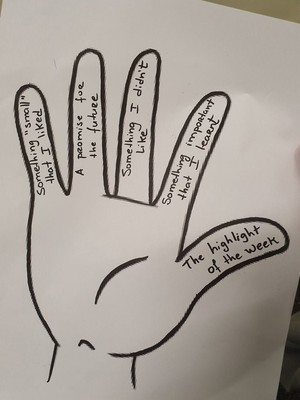
You can see a video about mobility to Portugal HERE.
